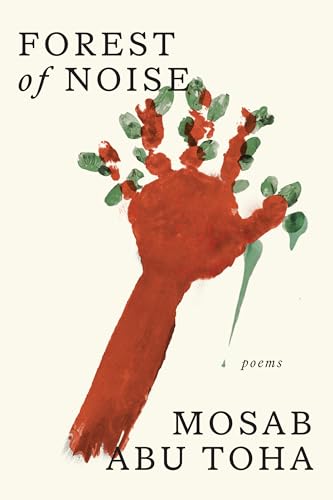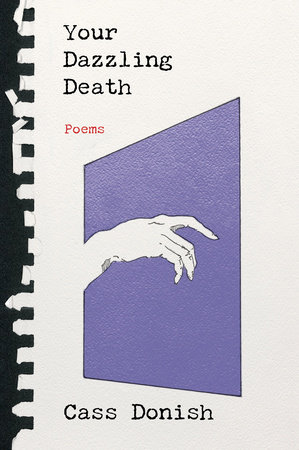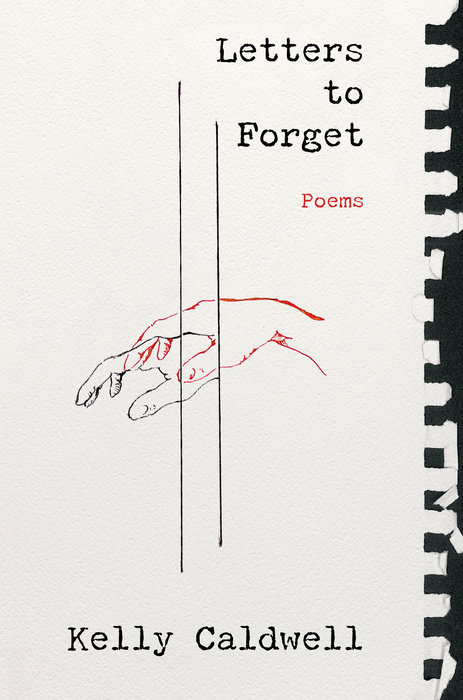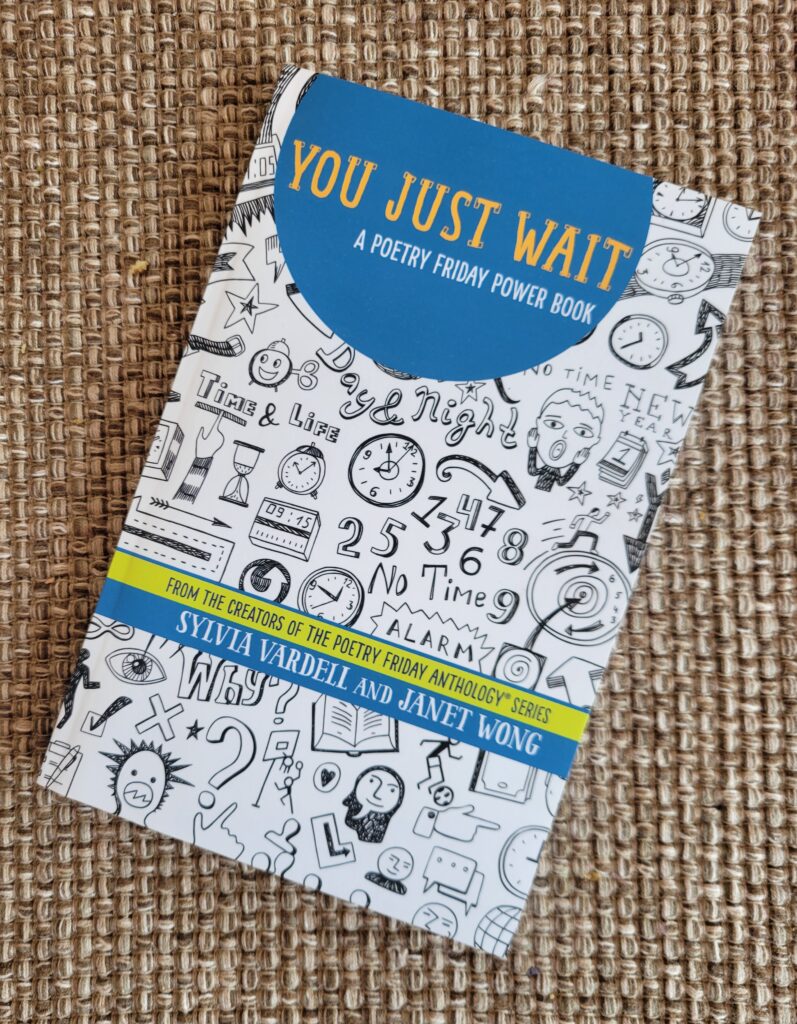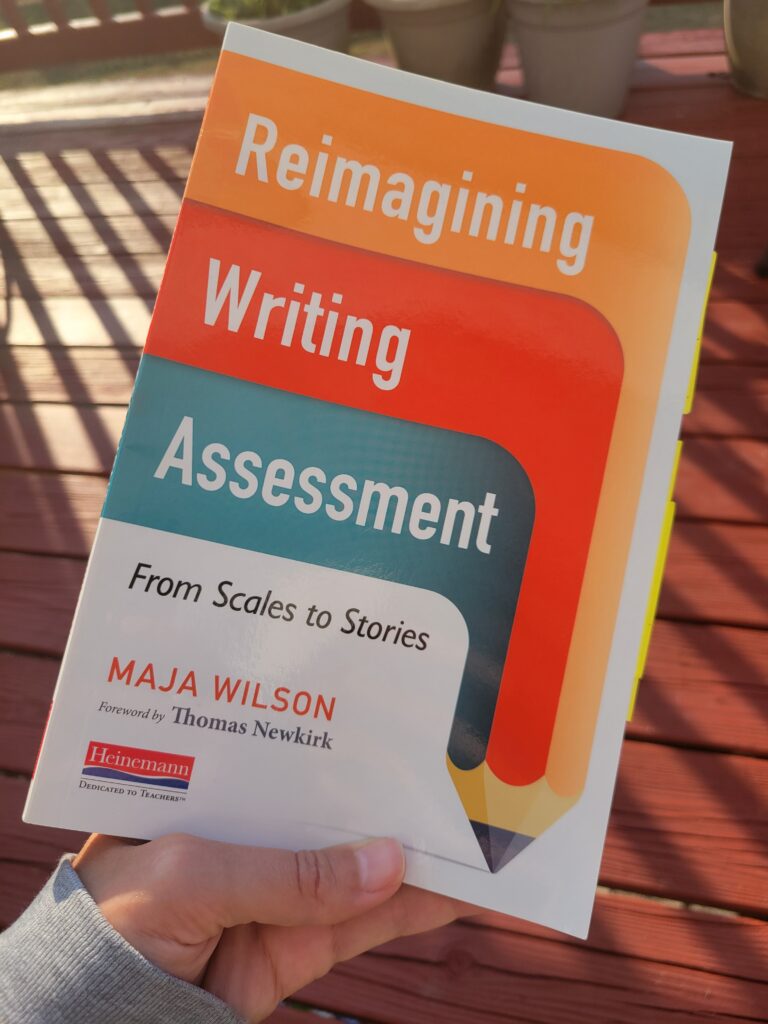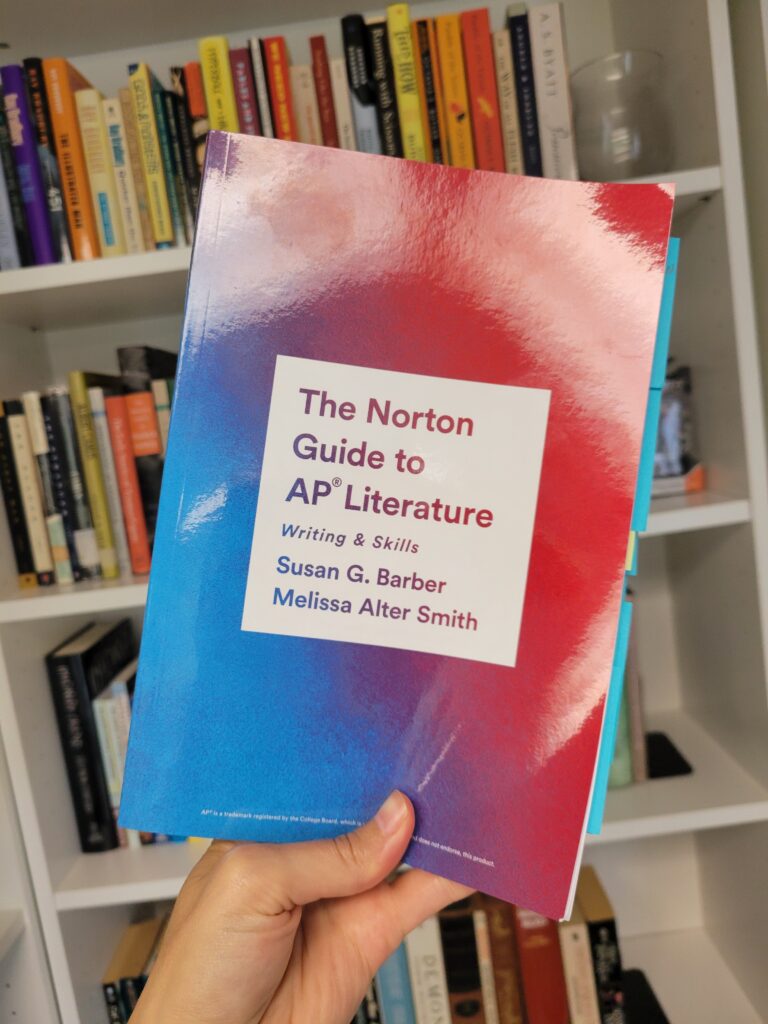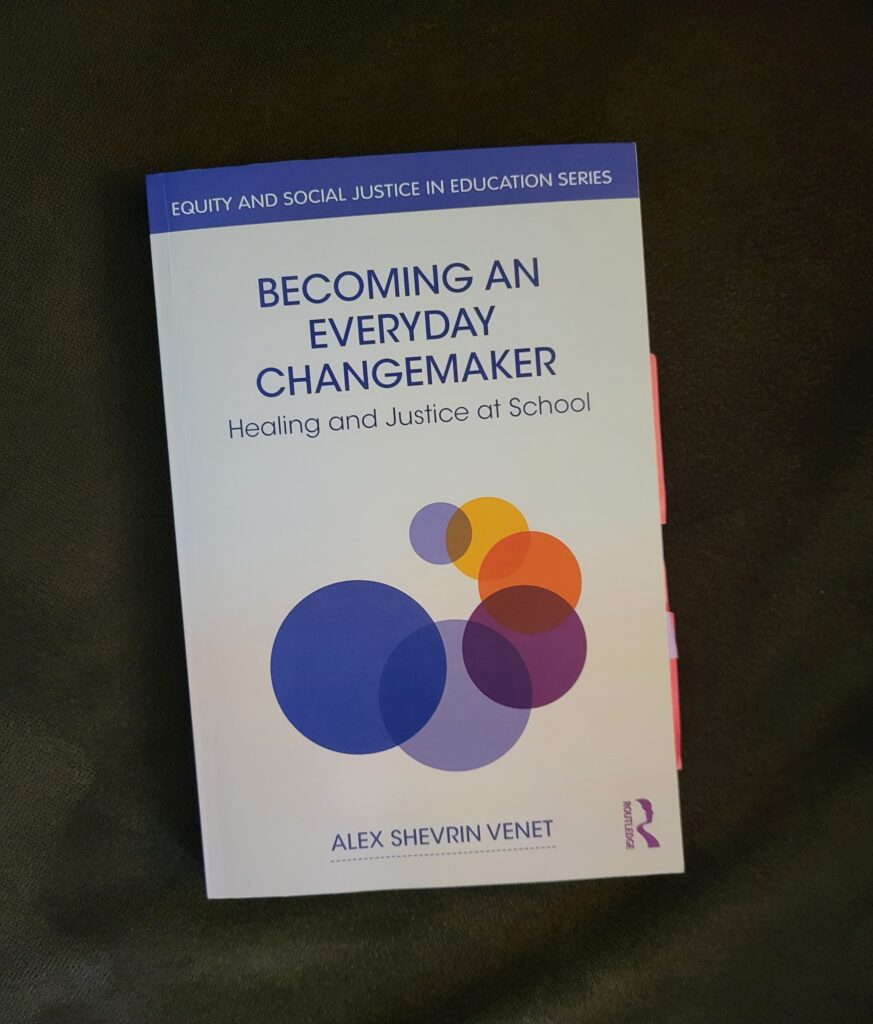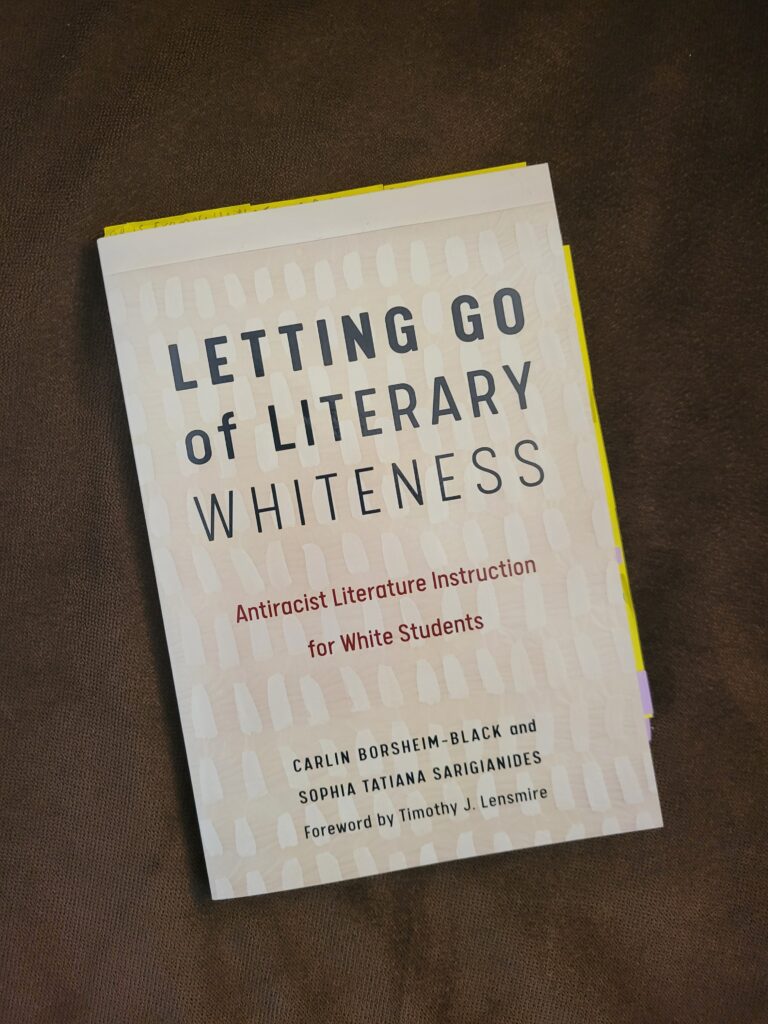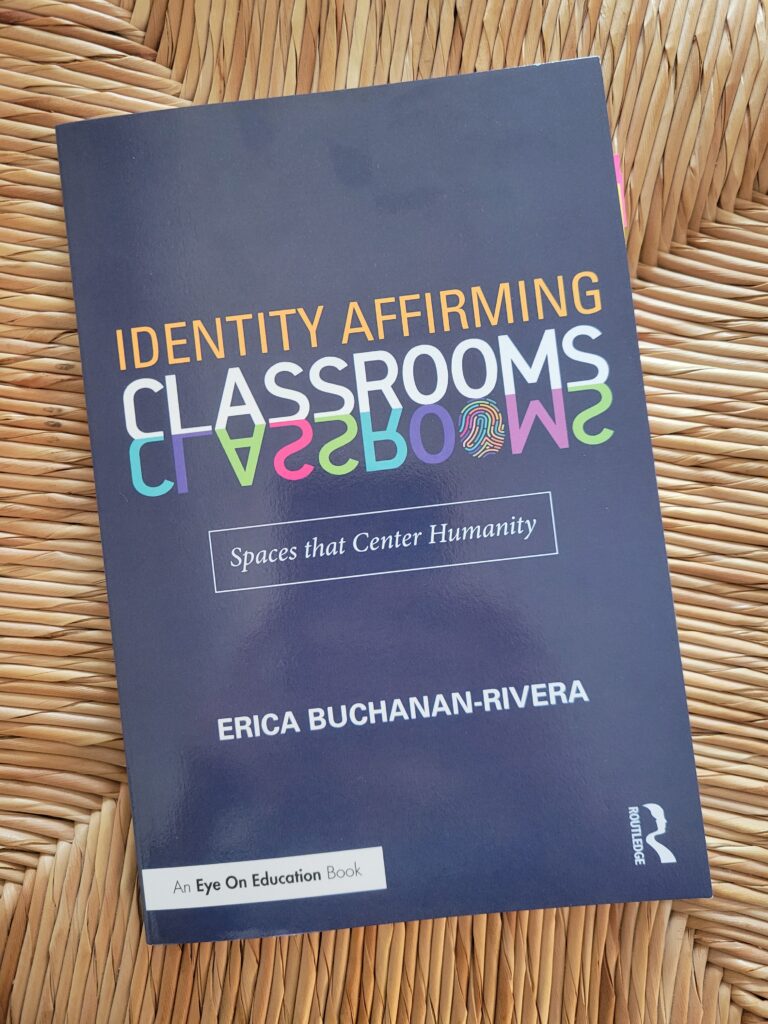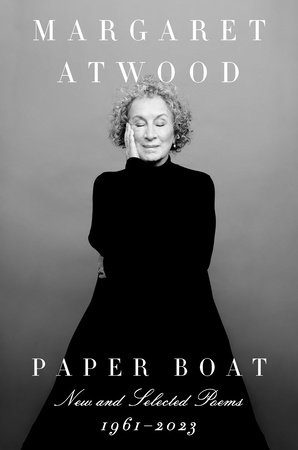
I’ve been reading Margaret Atwood since I discovered The Handmaid’s Tale on a friend’s mother’s bookshelf when I was in 8th grade. She is one of my favorite authors, and I was excited to read Paper Boat: New and Selected Poems: 1961-2023. The collection is organized chronologically, allowing readers to witness the evolution of Atwood’s craft and understand why her influence on the literary world has been so profound. She is adept at taking seemingly mundane objects and moments and turning them into encounters that make readers pause, think, and reread–often multiple times. My students often exclaim, “What just happened?” after they read “This Is a Photograph of Me,” and then analyze and discuss to try to unlock the complexities of the text. I love the discussions of Atwood’s poetry in my classroom and how the poems invite multiple entry points for interpretation.
The poems in Paper Boat: New and Selected Poems: 1961-2023 show Atwood’s affinity for Greek Mythology, women’s issues, and navigating relationships making this collection perfect for readers interested in an introduction to her poetry as well as readers who are familiar with her work. There were many poems that were new to me and some I consider old friends. I highly recommend this text!
Thank you to NetGalley and Knopf for the ARC.
